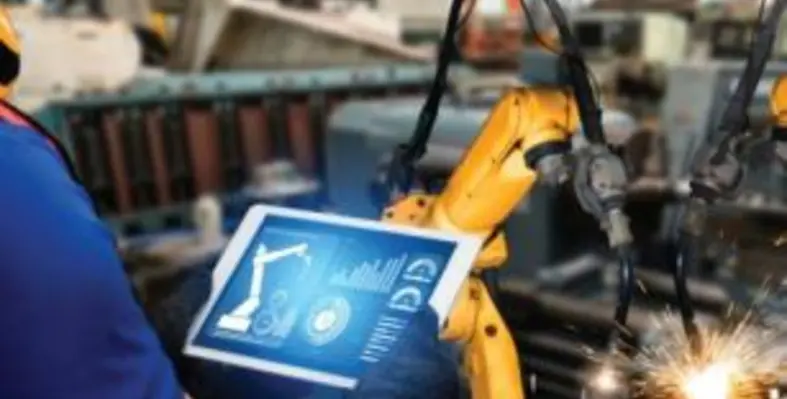Bob de Caux, vice-president of automation at IFS, sheds light on AI-enabled ERP tools and how manufacturing organisations can take advantage of them
IFS predicts that half of manufacturers will be using some form of artificial intelligence (AI) in 2021. However, according to a study by Plutoshift, manufacturers are struggling to adequately adopt AI across their business. 60% of respondents said their company has been unable to come to a consensus on a focused, practical strategy for AI implementation, while 72% said it had proved harder than expected to set up the technical and data infrastructure necessary to make the project viable.
Role for ERP
One factor contributing to the difficulty is that the enterprise resource planning (ERP) software running their business has not previously been capable of facilitating their AI journey. Many of the manufacturers that have had success with AI tools have done so by solving specific problems in isolation, such as demand forecasting, supply chain optimisation, schedule optimisation or natural language processing (NLP)-driven customer service bots.
However, ERP tools with comprehensive AI capabilities embedded within them, can collate and analyse data from every facet of a manufacturing organisation, helping them to accurately plan ahead, optimise processes, and reduce waste. Using ERP as the vehicle for AI, manufacturers can reinvent their business around digital-first processes and disrupt their market.
The AI-enabled ERP allows manufacturers to optimise or automate end-to-end processes rather than just specific tasks ? streamlining a quote to cash value chain or sales order capture to shipping.
By combining classic ERP data sets, such as maintenance history with streaming data from assets and external data, such as economic and weather indicators, companies can forecast and optimise margin from operating diverse asset portfolios such as power grids or offshore oil rigs.
Manufacturing use cases
While it is challenging, some manufacturers are already making progress with AI for predictive and prescriptive maintenance, resulting in less unplanned downtime, more efficient operations and better compliance with health, safety and environmental (HSE) regulations.
The key to predictive maintenance is determining which data, collected from machines in operation, can be used to predict future events. Everything from vibration to heat to power draw data that may be used as the raw material upon which AI algorithms and stochastic methods can build, predicting breakdowns, diagnosing issues and enabling advanced reliability-centred maintenance (RCM).
In addition, by modelling and simulating processes through a digital twin of a production facility or piece of equipment, companies can get improved visibility over a variety of scenarios and leverage AI to receive recommendations for how best to handle them....Continue Reading!







